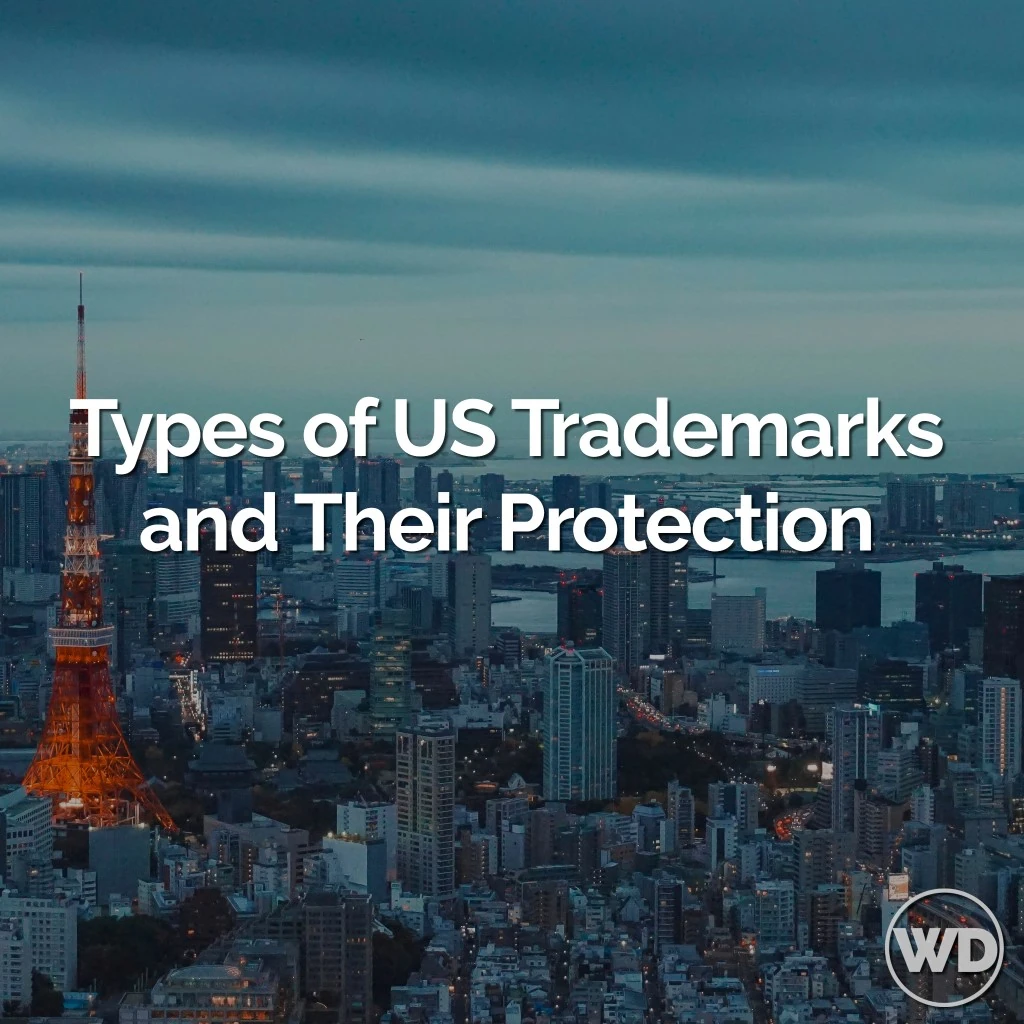In this article:
– Explanation of the different classes of trademarks.
– How trademarks differ from patents and copyrights.
– Tips on choosing a strong trademark.
Types of Trademarks and Their Protection: Classes, Differences from Patents and Copyrights, and Tips for Choosing a Strong Trademark
Trademarks are a critical part of building and protecting a business’s identity. They serve as an important tool in distinguishing products or services from those of competitors. However, it’s essential to understand the different types of trademarks, how they differ from other intellectual property like patents and copyrights, and what constitutes a strong, legally protectable trademark. This section will explain the classification system for trademarks, outline the differences between trademarks, patents, and copyrights, and provide tips for choosing a strong trademark that will effectively safeguard your brand.
Explanation of the Different Classes of Trademarks
Trademarks are registered under specific classes that represent different categories of goods and services. The Nice Classification system, established by the Nice Agreement in 1957, is the international standard for organizing these classes. The system divides products and services into 45 different categories: 34 classes for goods and 11 classes for services.
When applying for a trademark, it is crucial to select the correct class or classes that correspond to the goods or services your business provides. Registering your trademark under the wrong class could limit your protection and open the door to competitors using similar marks within the appropriate category.
Here’s a general breakdown of how the Nice Classification system is structured:
Classes 1–34 cover goods such as electronics, clothing, food products, chemicals, and pharmaceuticals. For example:
Class 9 includes electronics like computers and smartphones.
Class 25 covers clothing and footwear.
Classes 35–45 cover services such as advertising, legal services, transportation, and financial services. For example:
Class 35 includes advertising and business management services.
Class 41 covers education, entertainment, and sports-related services.
When filing your application, you must provide a detailed description of the goods or services you intend to cover. You may file in multiple classes if your business spans different types of goods or services, but keep in mind that each class will require an additional fee.
Selecting the appropriate class is vital because your trademark protection only applies to the specified goods or services within that class. For example, if you register your trademark in Class 25 (clothing) but not in Class 9 (electronics), your protection only extends to clothing. A competitor could potentially register a similar mark in Class 9 for an unrelated product like a smartphone.
How Trademarks Differ from Patents and Copyrights
Intellectual property law is broad and includes several different types of protections, including trademarks, patents, and copyrights. While all three types of intellectual property safeguard creative works and business innovations, they each serve different purposes. Understanding the distinctions between them is essential for choosing the right protection for your business assets.
1. Trademarks:
Trademarks protect symbols, names, logos, phrases, and other identifiers that distinguish goods or services in the marketplace. Trademarks serve as a tool for branding and recognition, allowing businesses to build customer loyalty and trust. Trademarks can be renewed indefinitely as long as they are in use, making them a long-term protection strategy for brands.
2. Patents:
Patents protect new inventions, processes, machines, or improvements to existing technologies. A patent grants the inventor exclusive rights to use, sell, or license their invention for a limited period, typically 20 years from the filing date. After the patent expires, the invention enters the public domain, meaning others can use it without the inventor’s permission. Patents require a detailed description of the invention and must meet specific criteria, such as being novel, useful, and non-obvious.
3. Copyrights:
Copyrights protect original works of authorship, including literary, musical, artistic, and architectural creations. Unlike trademarks, which protect branding elements, and patents, which cover inventions, copyrights are designed to safeguard creative expressions. Copyright protection is automatically granted when the work is created and lasts for the life of the author plus 70 years (or 95 to 120 years for works created by corporations). Copyrights cover the expression of an idea, not the idea itself, and prevent others from copying or distributing the work without permission.
In summary, trademarks protect brand identifiers like names and logos, patents protect inventions and innovations, and copyrights protect creative works like books and music. Choosing the appropriate protection depends on the nature of your intellectual property.
Tips on Choosing a Strong Trademark
Not all trademarks are created equal. A strong trademark is one that is distinctive, protectable, and unlikely to cause confusion with existing marks. When selecting a trademark for your business, consider the following tips to ensure your mark is both legally strong and effective from a branding perspective:
1. Avoid Generic or Descriptive Terms:
One of the most common mistakes businesses make is choosing a trademark that is too generic or descriptive. Generic terms (like “Coffee” for a coffee shop) or descriptive terms (like “Creamy Ice Cream”) are not eligible for trademark protection because they simply describe the product or service. A strong trademark should be distinctive and go beyond merely describing the goods or services.
2. Opt for a Fanciful, Arbitrary, or Suggestive Mark:
The strongest trademarks are those that fall into the following categories:
– Fanciful marks: These are made-up words that have no meaning outside the brand, such as “Kodak” for cameras. Fanciful marks are highly distinctive and easier to protect.
– Arbitrary marks: These are real words used in a way that has no relation to the products or services. For example, “Apple” is an arbitrary mark for computers, as apples have no direct connection to technology.
– Suggestive marks: These marks suggest something about the product or service but do not directly describe it. For example, “Netflix” suggests a service that streams films, but it’s not a direct description.
3. Conduct a Thorough Trademark Search:
Before settling on a trademark, it’s crucial to conduct a comprehensive search to ensure your chosen mark is not already in use by another company. The Trademark Electronic Search System (TESS), provided by the USPTO, allows you to search for existing trademarks that may be similar to yours. A strong trademark is one that is unique and not likely to cause confusion with other brands.
4. Consider Future Expansion:
When choosing a trademark, consider how your business may evolve over time. You want a trademark that will not limit your brand’s growth. For example, a brand name that specifies a narrow product category might become limiting if your business expands into other areas. Choose a trademark that allows flexibility for future diversification.
5. Ensure the Trademark is Culturally Appropriate:
If you plan to expand your business internationally, it’s essential to ensure that your trademark is culturally appropriate in other regions. A name or symbol that works well in one language or culture may have negative connotations in another. Researching the meaning of your trademark across different cultures will help avoid potential issues.
6. Seek Legal Advice:
Working with a trademark attorney can help you navigate the complexities of trademark law. An attorney can assist you in choosing a strong, protectable mark and conducting a thorough search to ensure your mark does not infringe on existing trademarks. They can also help you file the application with the correct classification and ensure that the description of goods or services is appropriate.
Conclusion – Types of Trademarks and Their Protection
Choosing the right type of trademark and understanding how it fits into the broader scope of intellectual property law is crucial for protecting your business’s brand and identity. Whether you’re registering a logo, a wordmark, or a symbol, selecting the correct class of goods or services is key to securing strong protection. Understanding the differences between trademarks, patents, and copyrights helps clarify which form of intellectual property protection is most appropriate for your needs. By following these tips on choosing a distinctive and strong trademark, you can build a brand that stands out in the marketplace while ensuring legal protection for years to come.
Use LegalZoom to register your trademark and protect against competitor infringement.





